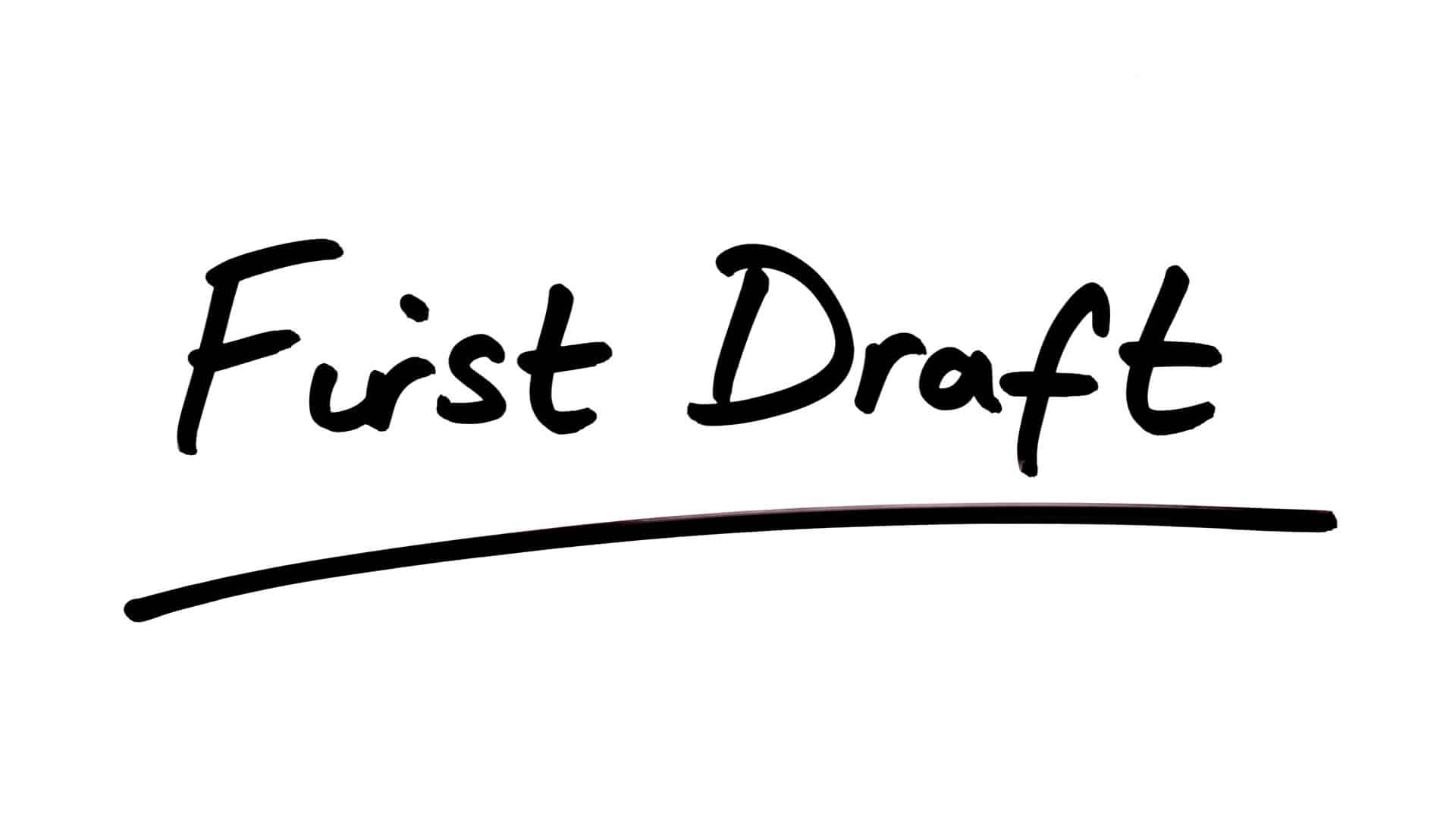
How To Write A Report

So, you have to write a report but you are stuck on step one. What is step one anyway? For me, the worst part about writing anything is the moments of dread before I begin typing. Often, the most formidable obstacle to overcome is just getting started. The good news is that the essentials of how to write a report are the same whether you are writing a work, school, research or scientific piece.

How To Write a Report
The structure of a report is basically the same regardless of the type or purpose. Your goal is to clearly communicate the findings that support your topic, making organization and attention-to-detail vital elements for your success. Following step-by-step guidelines ensures you have the necessary components.
Create a timeline for meeting your deadline to avoid procrastination, mistakes and sloppiness. If you allow plenty of time to research, plan and proofread, you will find that report writing is not as intimidating as you thought.
I have broken down the process, so you can stop overthinking and get on your way to a well-written paper.
1. Format Your Report
In order to properly format your report, you must do the following:
Understand the Prompt
Thoroughly read the assignment’s guidelines to have a clear picture of what your boss or teacher expects. Have you ever gotten half-way through making a recipe only to discover that your ingredients need to marinate overnight? I have done this multiple times and do not recommend it. Your instructions are your recipe for success. Make sure you understand all the directives. These should include the report’s purpose, format, structure and intended audience.
Ask Questions
After carefully reviewing the details, reach out to your supervisor or professor with any questions to clarify what is expected. Do not wait until the deadline to do this! Trust me; I have a fair amount of procrastination experience, and it is a smoother process if you take the time upfront to address any issues or concerns. Determine whether you have the necessary information to begin:
- Subject matter
- Requirements
- Purpose
- Audience
- Deadline
Identify Your Audience and Objective
A thorough understanding of both your audience and objective allows you to connect with your reader. Think about the goal of your report. Is your intent to persuade, explain or describe? Once you have a clear focus, determine who your reader will be. Adjust your language and tone to communicate effectively with the desired audience.
Choose a Topic
If there is some freedom regarding your subject matter, pick a topic that interests you. If you are intrigued by your research, your reader is likely to find it engaging as well. Be as specific with your subject as possible to avoid broad, generalized writing.
2. Research Your Topic
Here are a few easy steps to help you research your report topic:
Brainstorm the Information You Already Know
Brainstorming helps you create a writing plan and discover the additional areas you need to research.
Find Credible Sources
Your research efforts must contain data from relevant and appropriate references. Some places to gather evidence include the following.
- Recommended texts: Your prompt may have required reading or a list of sources and materials you must incorporate.
- Online sources: When you utilize the internet to conduct research, make sure you use credible information from experts in the subject, government sites or other reliable sources. Check the author’s credentials, the publisher’s reputation and the date the article was published.
- Public library: Yes, it’s old-school, but a library has an excellent selection of traditional reference materials to gather information for your report.
- Relevant experts: Speak with people knowledgeable in your report topic to gain new and unique insights.
Take notes while you research
As you read, write down the things you want to include in your report. Also, take note of the reference material, page number, author, date of the publication and the publisher. This will make it easy to cite your sources later.
Create a thesis statement
Your thesis should be specific and summarize the point of your report. While you are gathering your findings, you will start to notice a theme stand out. Use this main idea to formulate your statement.
Create an outline
Begin organizing the rest of your paper. Choose the research ideas that support your thesis, then outline your report with those points.

3. Structure Your Report
Your structure may vary depending on the type of report but will include many of the following sections:
- A title page indicates the date, who the essay is written for and what it is about.
- A list of contents consists of the sections and page numbers.
- An introduction sets the scene for your paper, providing a general background of the subject and objectives.
- An executive summary is a paragraph that summarizes the main contents and contains evidence, conclusions and recommendations. You typically write this after you have finished the report.
- A procedure section explains the process and data collection of an experiment.
- A results section includes the findings of a study.
- Closing information summarizes the conclusion and gives recommendations.
- Appendices contain supporting elements, such as a glossary, survey results or interview transcripts.
- A references section details the authors cited in your report.
- The terms of reference section explains the motivation and purpose of the report.
Stick to the Guidelines
Pay close attention to the required elements of your piece. Save yourself the time and headache of rewrites and include all the specifics indicated in your instructions. Some particulars of your assignment that may differ are:
- The type of report
- The formality
- The length
Strictly Follow the Formatting Instructions
You may want to format your margins, spacing and font as directed before you start writing to save time and trouble at the end. If your instructions do not include specifics, use a classic serif font, such as Times New Roman. Your font should be a 12-point minimum with 1.5 line spacing. Place a blank line in between paragraphs, but do not indent them.

4. Write Your First Draft
A report typically contains the following:
Introduction
The introduction presents your topic, some background information and your thesis in an engaging way. This section tells the reader what your report is about.
Body
The body contains evidence that supports your main idea and consists of the following elements:
- Sections are more manageable for your reader to take in and comprehend.
- Topic sentences introduce the focus of each body paragraph.
- Research findings support the topic sentences. You can accomplish this by restating the evidence and using direct quotes. Make sure you do not plagiarize from your sources. Always paraphrase information using your own words, cite quote authors and use quotation marks correctly.
- Commentary explains your ideas about how the evidence supports your thesis. Showing how the information supports the main idea creates a good flow for your report, helping the reader understand your concepts.
Conclusion
The conclusion should not contain any new thoughts or discussion points. It should be a summary of your thesis that concisely unites the report’s information.
Table of Contents
The table of contents should be written after you have finished writing your report. Ensure this section matches your heading and subheadings to show the reader what is in your paper and where to find it.
Reference Section
The reference section lists each of your research sources in alphabetical order. This gives the appropriate credit to the original authors and provides verifiable proof for your readers.
Appendix
An appendix is typically not a necessary element but can provide additional technical data to support your findings further.
5. Revise for Clarity
Whew, now that you have finished writing your report, you can kick back and relax, right? Well, not just yet. You will need to spend time revising your paper. Take a break for a while, or put it away until tomorrow so you can go over it with fresh eyes. It is easy to overlook errors or areas that need improvement if you do not have time away from the report. This is another reason not to procrastinate. Follow these steps for revision:
Read for Understanding
Read your report out loud in its entirety. You catch errors easier if you hear them. Try to view your report from the standpoint of your intended reader. Did you provide sufficient evidence to support your thesis? Is the information you have presented easy to follow and digest? If you were seeing this information for the first time, would it make sense to you?
Review for Errors
Double-check your writing for any grammar, spelling or punctuation mistakes. Edit and revise, then set the report aside for a few more days if you have the time before your deadline.
Proofread Again
Read through your report at a time of day you are most alert. Look for errors you make often or proofread for one type of mistake at a time. Try reading your paper backward, line by line or paragraph by paragraph, to catch things you may have missed.
Enlist Help
Ask a classmate or colleague to read your report and help you identify confusing sections or other issues.
Ensure You Have Met all the Requirements
Use your assignment guidelines as a checklist to make sure you have followed the directions. Determine the following:
- Are all the required elements included?
- Did you fulfill the assignment’s objective?
- Is your paper using the indicated formatting and structure?
- Does your evidence support your thesis?
6. Rest Easy That You Now Know How to Write a Report!
Following this writing format ensures a well-organized report that is easy to read and understand. Learning how to write a report step by step should help remove your reluctance to begin. Procrastination is the enemy of writing, so get started today to create an engaging, credible and well-written report. What are some helpful tips you use when writing a report? Share your knowledge below!
- How To Get Into Freelance Writing With No Experience - December 17, 2023
- Commonly Confused Words: Ambience vs. Ambiance - December 6, 2023
- Consonance Creates Atmosphere in Your Writing - December 3, 2023

